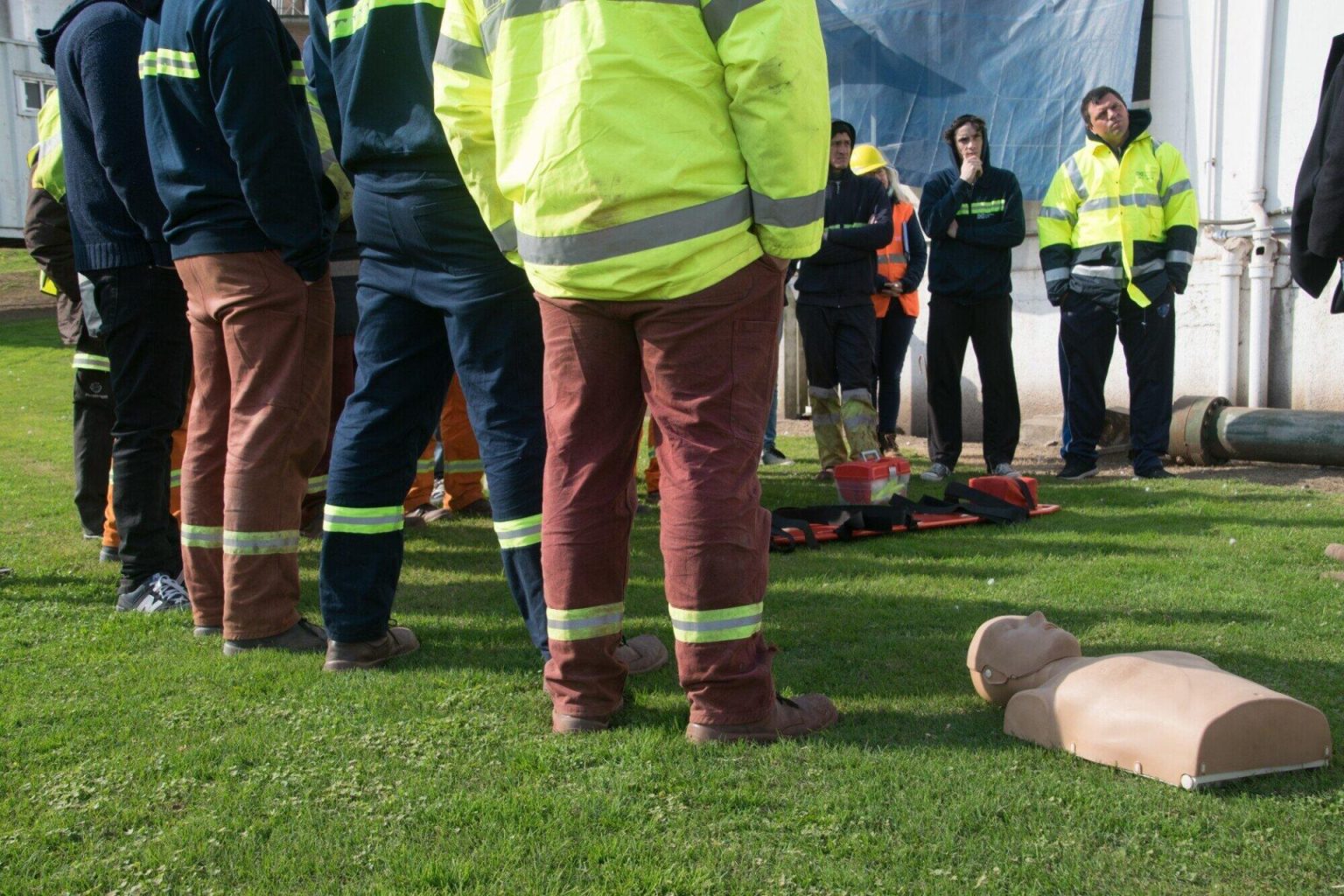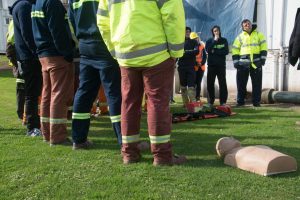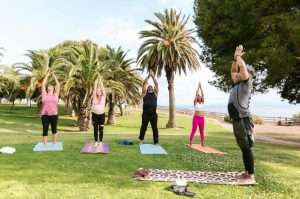Imagine you’re at the store, in a park, or at home-and someone near you stops breathing. In that moment, panic doesn’t help. But knowledge does. CPR can double or even triple a person’s chance of survival, and knowing how to perform it gives you the power to help when it matters most.
Choosing the right training course is the first step toward gaining that power. But with so many programs available, how do you choose the right one? Keep reading to learn how to make a choice that fits your needs, your goals, and your schedule.
Know What You Want to Learn
Not all CPR courses are the same. Some focus only on chest compressions and rescue breaths. Others include how to use an automated external defibrillator, or AED. There are also courses that go beyond CPR to cover injuries, burns, choking, and more.
Consider your purpose: Are you caring for a child, supporting a workplace, or preparing for unexpected emergencies? Once you know your goals, it’s easier to find the course that covers everything you need to learn.
Look for Certified Instructors and Trusted Organizations
The quality of your training depends on the people teaching it. Make sure the course is run by certified professionals with experience in the field. The most reliable programs are usually backed by health or safety organizations known for high standards.
You want more than just a certificate-you want real confidence. A well-taught course will give you time to practice, ask questions, and understand each step.
Consider Your Learning Style and Schedule
Everyone learns differently. Some people do best in a classroom, with hands-on practice and real-time feedback. Others prefer learning online at their own pace. Hybrid courses are also an option, offering both virtual learning and in-person sessions.
Choose a course that works with your routine and makes learning feel doable. The right fit will help you absorb the material better and feel more confident using the skills later.
Read Reviews and Ask Questions
Before signing up, take a moment to read reviews and ask for personal recommendations from those who have taken the course. People who’ve already taken the course can tell you how useful and practical it was. They can also share whether the instructor was clear and the materials were easy to follow.
Some programs even bundle CPR with other useful lessons. Many CPR and first aid courses are offered together, which can be a great option if you want a more complete set of emergency skills.
Step into Preparedness with Confidence
You don’t need to be a doctor to save a life. You just need to be ready-and that begins with the right CPR course. A few hours of your time today could give you the tools to make a difference tomorrow.
Once you’re trained, you won’t just stand by when an emergency happens. You’ll know how to act. You’ll be the person others can count on. And that’s something worth learning for.
For more on this content, visit the rest of our blog!







